Home > Climate News >

To save the monarch butterfly, Mexican scientists are moving a forest 1,000 feet up a mountain
The world is losing monarch butterflies at a startling rate, as logging, herbicides, and other human activities destroy natural habitats. But the biggest threat yet has only recently come into focus. Climate change, with its extreme storms, prolonged droughts, and warming temperatures, is poised to eradicate the forest that serves as the butterfly’s winter refuge.
To help his beloved butterflies, Ramirez has partnered with scientists on a monumental experiment: They are trying to move an entire forest 1,000 feet up a mountain…
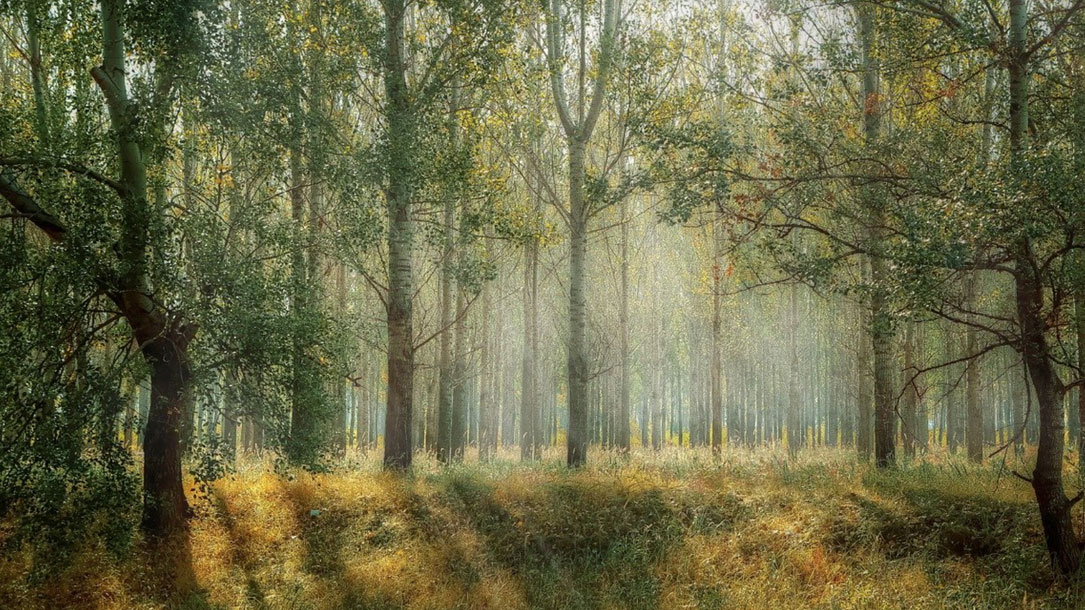
Leading on climate change solutions
“Forests are the best nature-based solution to climate change. Annually in the United States, forests and forest products capture and store almost 15 percent of the country’s carbon emissions from burning fossil fuels. They have the potential to capture nearly twice as much if we plant more trees, use climate-smart practices to manage our forests and take other actions.
And we are not just talking about big forests in national parks and rural mountain communities. Trees in metropolitan areas and small towns in the U.S. are responsible for almost one-fifth of the country’s captured and stored carbon emissions. They also shade buildings in the summer and block wind in the winter, which reduces the use of air conditioners and heaters—avoiding millions of tons of carbon emissions…”

Parks Are a Critical Solution to Climate Change
Parks mitigate the urban heat island effect, improve air quality, and absorb carbon from the atmosphere. They support local biodiversity and can act as buffer zones for flooding or mudslides. Parks add both important social and environmental infrastructure…
Urban parks are also important because they provide the foundation for urban forests, which help cities both mitigate carbon emissions and adapt to a changing climate. According to Jad Daley, CEO of American Forests, urban forests absorb some 100 million tons of carbon each year—about 2% of global greenhouse gas emissions. Trees found in these green areas can reduce energy use up to 7% because they provide wind blocks for homes in the winter and cooling in the summer…
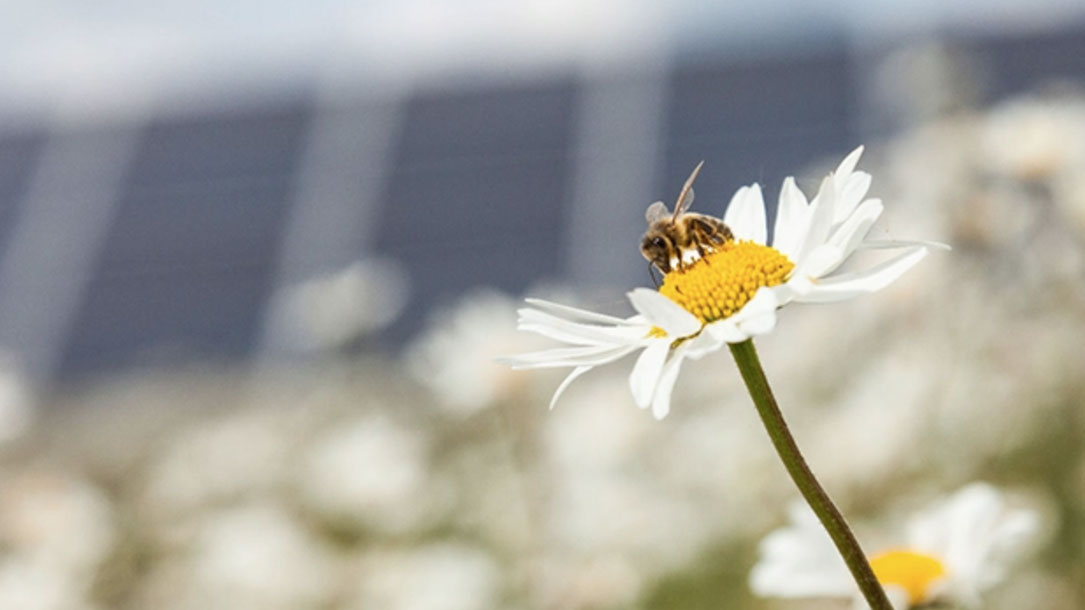
Highly compatible: pollinator-friendly solar projects and farming
Taking farmland out of production to increase harvests might seem counterintuitive. But new and ongoing research suggests that trading some farmland for deep-rooted prairie vegetation can provide habitat for wild insect pollinators and boost overall crop yields.
Increasingly popular pollinator-friendly solar projects, which cultivate low-growing meadows underneath the panels, present an opportunity to increase food production and clean energy generation at once. For a state like Minnesota, where farming is prevalent and the solar industry is expanding, this kind of compatibility between agriculture and solar energy production is a most welcome development…
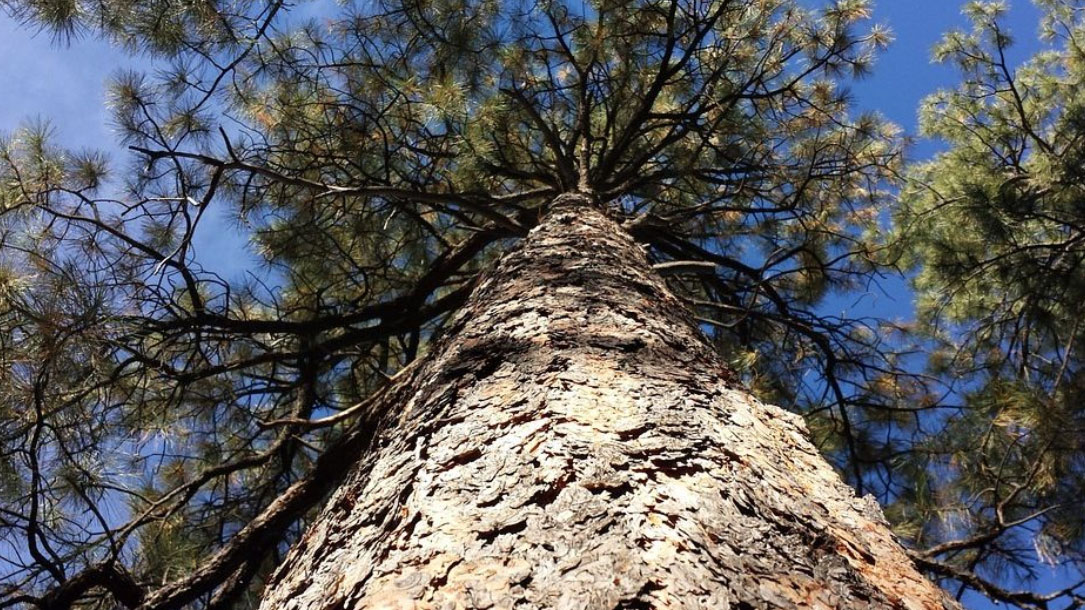
Wildfires and climate change push low-elevation forests across a critical climate threshold for tree regeneration
“Climate change is increasing fire activity in the western United States, which has the potential to accelerate climate-induced shifts in vegetation communities. Wildfire can catalyze vegetation change by killing adult trees that could otherwise persist in climate conditions no longer suitable for seedling establishment and survival. Recently documented declines in postfire conifer recruitment in the western United States may be an example of this phenomenon. However, the role of annual climate variation and its interaction with long-term climate trends in driving these changes is poorly resolved…”
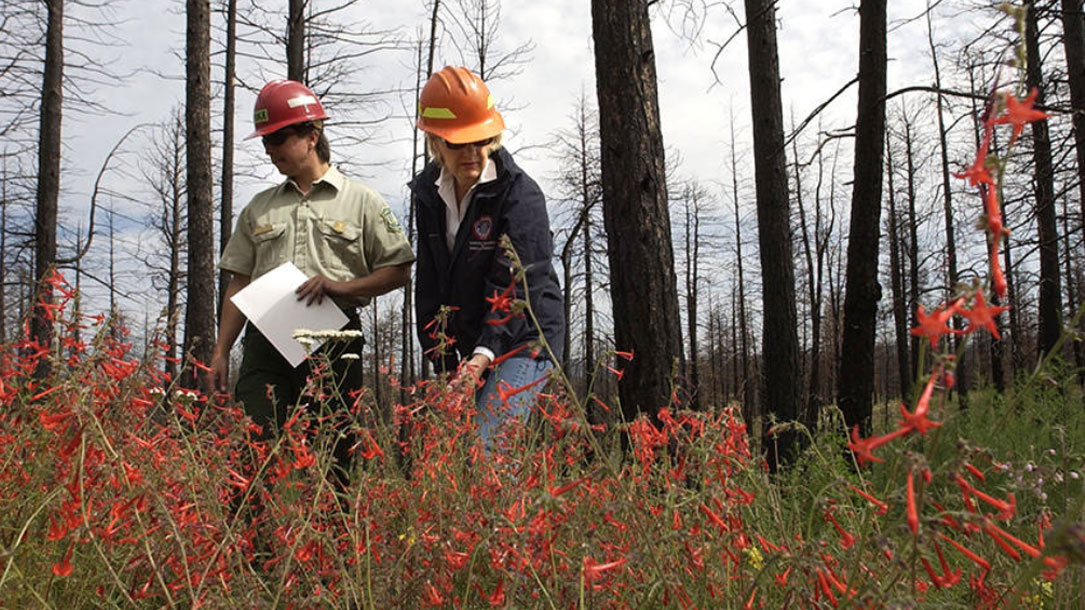
Iconic Forests Reaching Climate Tipping Points in American West, Study Finds
Climate change in the American West may be crossing an ominous threshold, making parts of the region inhospitable for some native pine and fir forests to regrow after wildfires, new research suggests:
As temperatures rise, the hotter, drier air and drier soil conditions are increasingly unsuitable for young Douglas firs and ponderosa pines to take root and thrive in some of the region’s low-elevation forests, scientists write in a study published Monday in the Proceedings of the National Academy of Sciences.
Wildfires in these areas could lead to abrupt ecosystem changes, from forest to non-forest, that would otherwise take decades to centuries, the study says.
“Once a certain threshold was crossed, then the probability of tree establishment decreased rapidly,” said Kimberley Davis, a researcher at the University of Montana and lead author of the study. “The climate conditions are just a lot less suitable for regeneration.”

Climate change is leading to unpredictable ecosystem disruption for migratory birds
“Climates have natural variation and we’re moving rapidly into territory where the magnitude of climate change will consistently exceed this variation,” says lead author and Cornell Lab researcher Frank La Sorte.
“There will be no historic precedent for these new climates, and migratory bird populations will increasingly encounter ‘novel’ climatic conditions. The most likely outcome will be a period of ecological disruption as migratory birds and other species try to respond or adapt to these new conditions…”

How much carbon can forests absorb? Michigan research in partnership with land trusts and conservation groups
Leelanau Conservancy and Little Traverse Conservancy have partnered with a number of local watershed groups and the University of Michigan to create Nature Change—Conversations about Climate and Conservation.
In this short video, forest ecology researcher Dr. Luke Nave (University of Michigan Biological Station) describes recently completed research to quantify the amount of carbon captured from the atmosphere by areas of reforestation throughout the United States. In referring to reforesting land, Nave says that includes areas that once were cultivated and areas that experience forms of deforestation such as fire.
Using well-documented research data and direct measurements, Nave and his colleagues focused only on those areas that are being reforested…
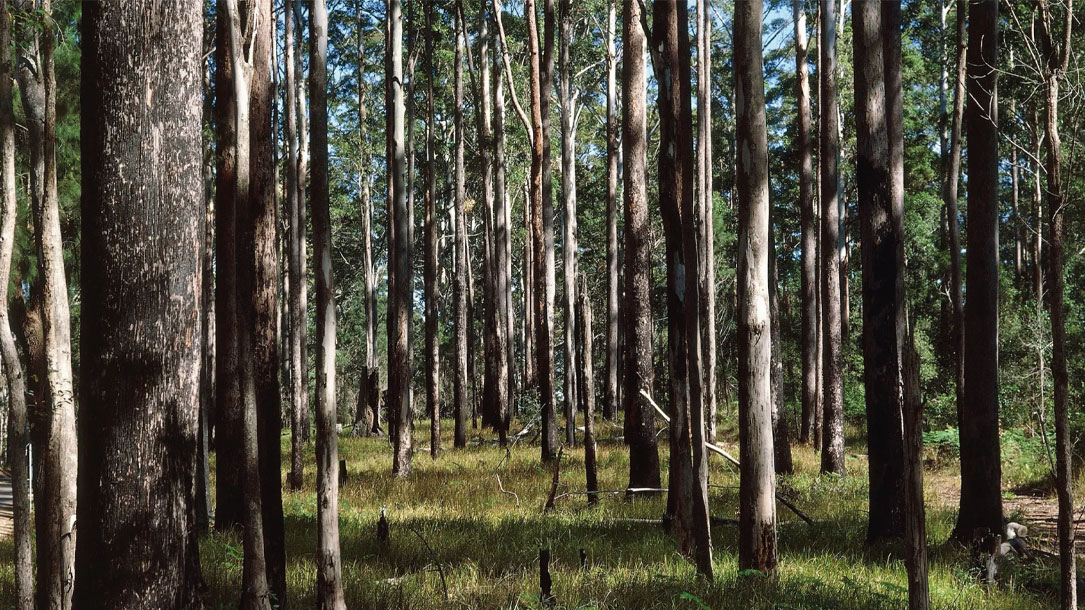
‘Whole thing is unravelling’: climate change reshaping Australia’s forests (There are warning signs here in the U.S. too)
Australia’s forests are being reshaped by climate change as droughts, heatwaves, rising temperatures, and bushfires drive ecosystems towards collapse, ecologists have told Guardian Australia.
Trees are dying, canopies are getting thinner, and the rate that plants produce seeds is falling. Ecologists have long predicted that climate change would have major consequences for Australia’s forests. Now they believe those impacts are unfolding…
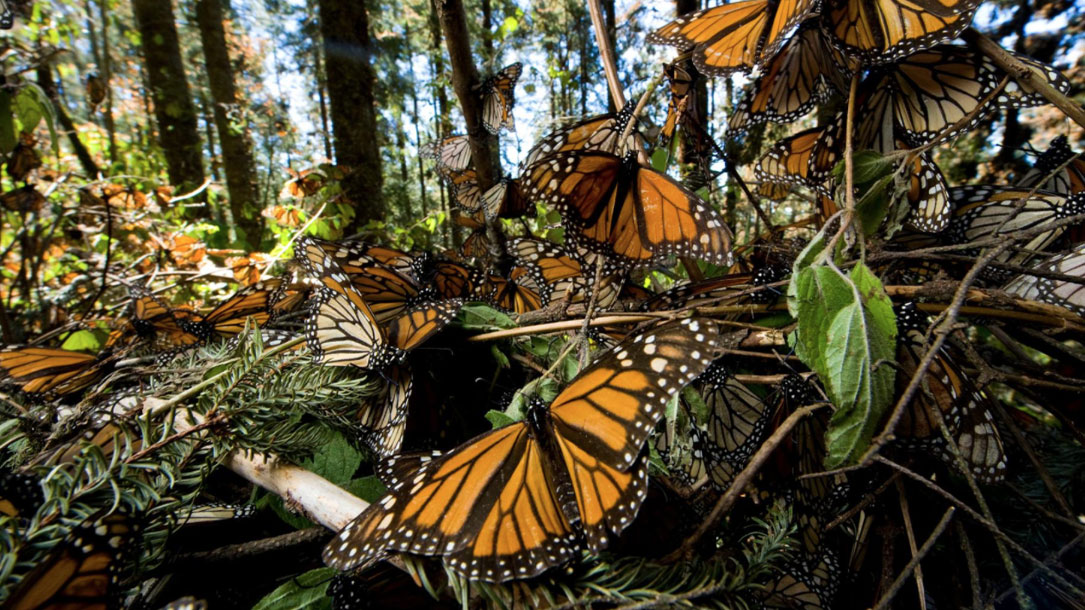
Planting milkweed won’t be enough
There’s been some good news about Monarch’s recently, yet even so, scientists have stated that climate change if left unchecked will cause irreparable harm.
It will be important to teach your community that planting milkweed may help in the very near term but the end game involves reducing pesticides and slowing down climate change.
It’s not too late to save them, but it’s a question of whether we will make the effort, scientists say…












